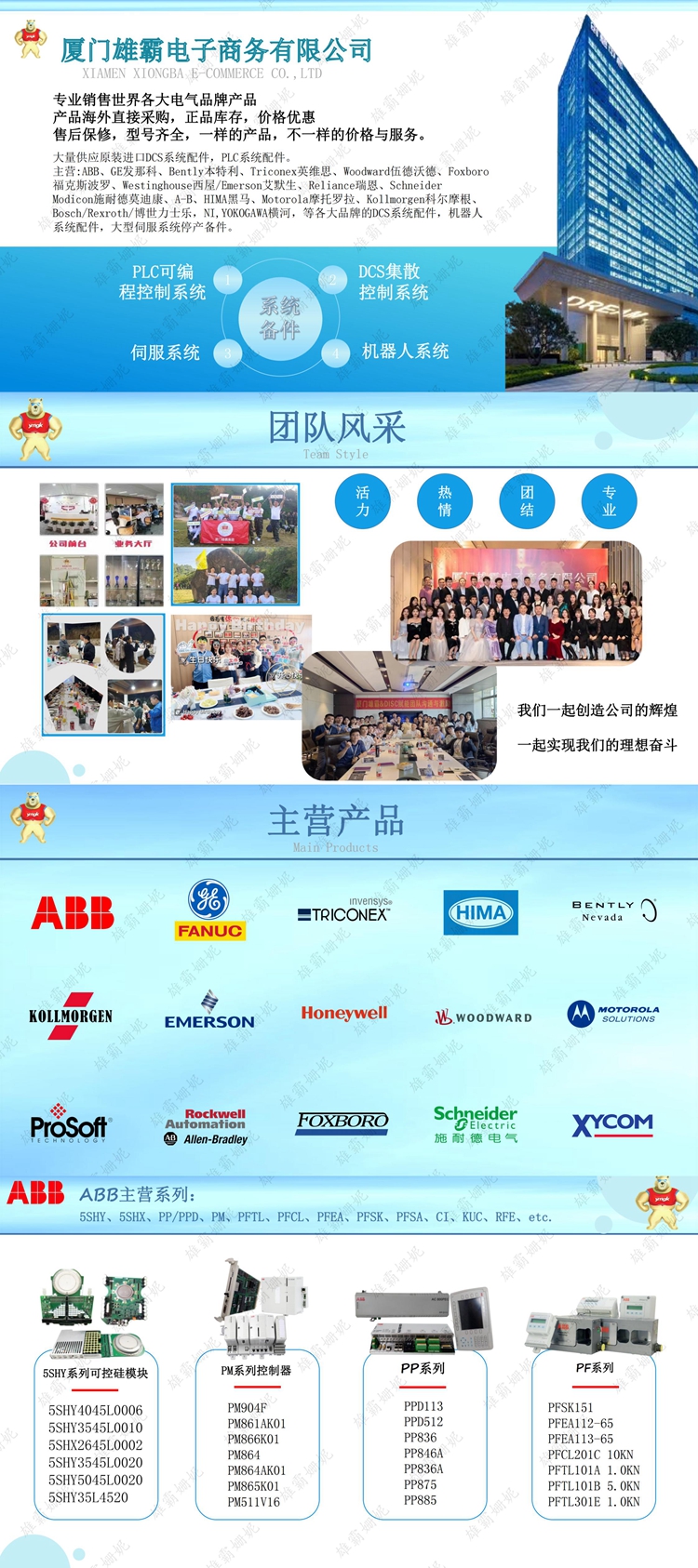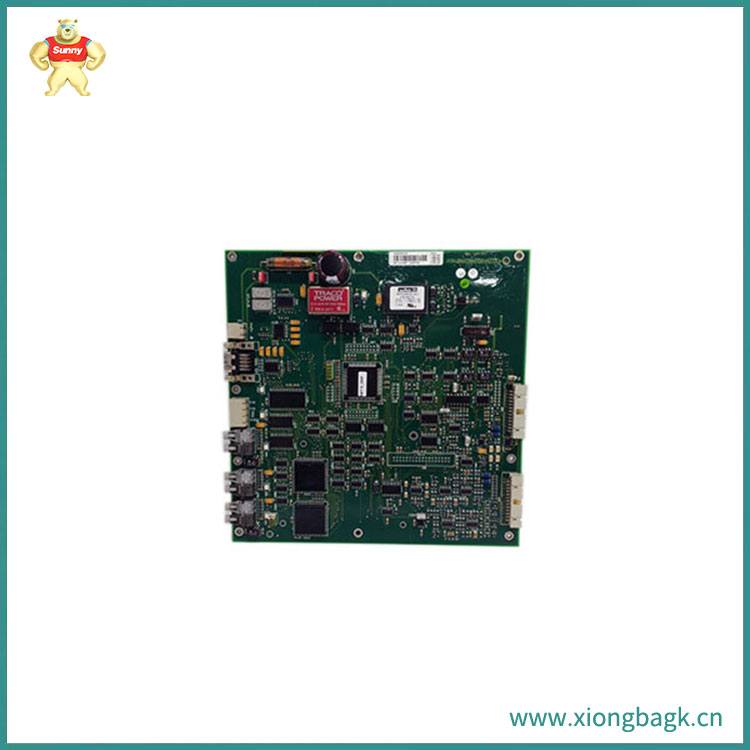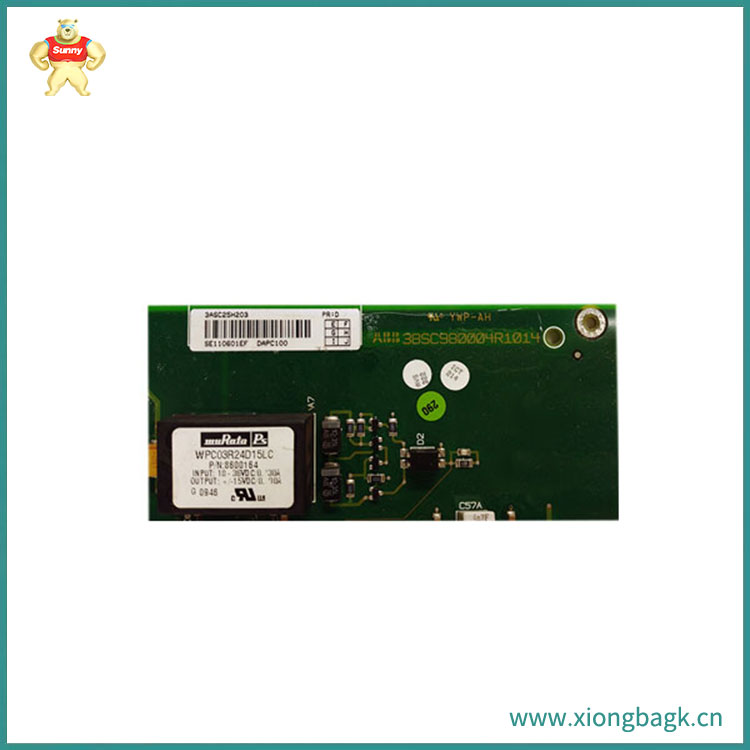




The earliest use of printed circuit boards was paper based copper clad printed boards. Since the emergence of semiconductor transistors in the 1950s, the demand for printed boards has sharply increased. Especially with the rapid development and widespread application of integrated circuits, the volume of electronic devices is becoming smaller, and the density and difficulty of circuit wiring are increasing. This requires printed boards to be constantly updated. At present, the variety of printed boards has developed from single panel to double-sided boards, multi-layer boards, and flexible boards; The structure and quality have also developed to ultra-high density, miniaturization, and high reliability; New design methods, design supplies, board making materials, and board making processes are constantly emerging. In recent years, various computer-aided design (CAD) application software for printed circuit boards have been popularized and promoted in the industry. In specialized printed circuit board manufacturers, mechanized and automated production has completely replaced manual operation.
PCB (printed circuit board), also known as printed circuit board, is one of the important components in the electronic industry. Almost every type of electronic device, from electronic watches and calculators to computers, communication electronics, and military weapon systems, requires the use of printed boards in order to electrically interconnect electronic components such as integrated circuits. The printed circuit board is composed of an insulating base plate, connecting wires, and a solder pad for assembling and welding electronic components, which has the dual function of conducting wires and insulating base plates. It can replace complex wiring and achieve electrical connections between various components in the circuit, not only simplifying the assembly and welding work of electronic products, reducing the workload of traditional wiring methods, and greatly reducing the labor intensity of workers; Moreover, it reduces the overall volume, reduces product costs, and improves the quality and reliability of electronic equipment. Printed circuit boards have good product consistency and can adopt standardized design, which is conducive to achieving mechanization and automation in the production process. At the same time, the entire assembled and debugged printed circuit board can serve as an independent spare part, facilitating the exchange and maintenance of the entire product. At present, printed circuit boards have been widely used in the production and manufacturing of electronic products.
Copyright © 2022-2024 厦门雄霸电子商务有限公司 版权所有 备案号:闽ICP备14012685号-33